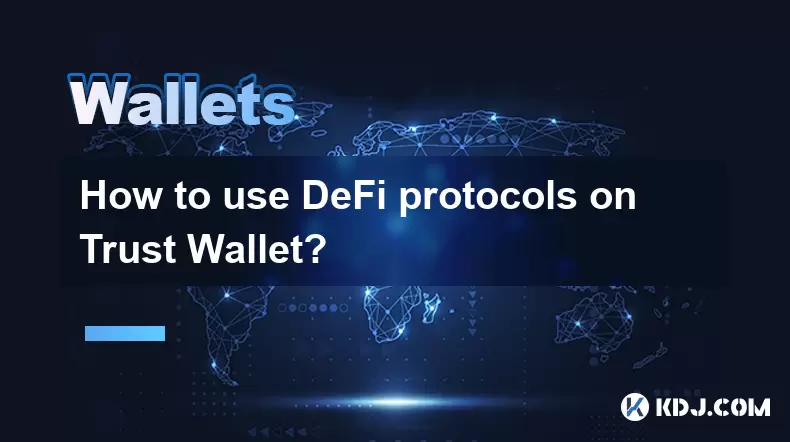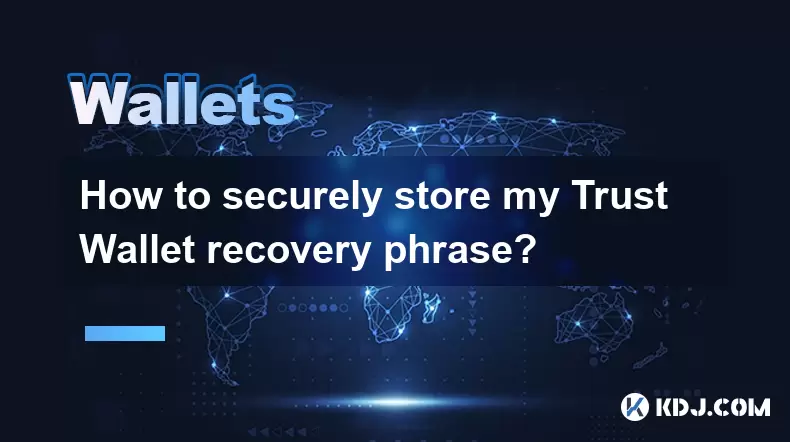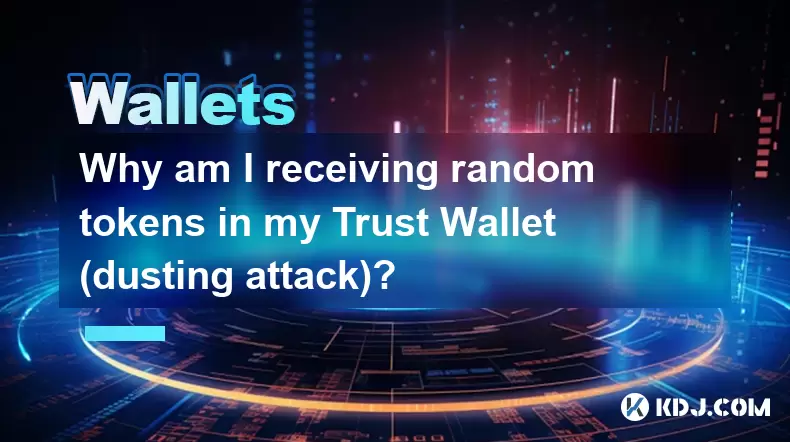-
 Bitcoin
Bitcoin $114200
0.00% -
 Ethereum
Ethereum $3637
0.56% -
 XRP
XRP $2.950
-2.01% -
 Tether USDt
Tether USDt $0.9999
0.02% -
 BNB
BNB $761.0
0.55% -
 Solana
Solana $164.1
-1.38% -
 USDC
USDC $0.9999
0.02% -
 TRON
TRON $0.3332
0.36% -
 Dogecoin
Dogecoin $0.2012
-0.52% -
 Cardano
Cardano $0.7261
-1.41% -
 Hyperliquid
Hyperliquid $37.62
-2.13% -
 Stellar
Stellar $0.3930
-2.65% -
 Sui
Sui $3.441
-0.16% -
 Bitcoin Cash
Bitcoin Cash $563.8
0.70% -
 Chainlink
Chainlink $16.50
0.09% -
 Hedera
Hedera $0.2424
-0.14% -
 Ethena USDe
Ethena USDe $1.001
0.01% -
 Avalanche
Avalanche $22.20
0.00% -
 Litecoin
Litecoin $118.0
-2.48% -
 UNUS SED LEO
UNUS SED LEO $8.991
0.12% -
 Toncoin
Toncoin $3.195
-3.87% -
 Shiba Inu
Shiba Inu $0.00001217
0.12% -
 Uniswap
Uniswap $9.674
-0.21% -
 Polkadot
Polkadot $3.633
1.00% -
 Monero
Monero $295.3
-0.82% -
 Dai
Dai $0.9999
0.00% -
 Bitget Token
Bitget Token $4.321
-0.41% -
 Cronos
Cronos $0.1392
0.73% -
 Pepe
Pepe $0.00001027
-0.89% -
 Aave
Aave $258.5
0.32%
How to use DeFi protocols on Trust Wallet?
Trust Wallet enables secure access to DeFi protocols like Uniswap and PancakeSwap via its built-in Web3 browser, allowing users to swap, stake, and farm tokens across multiple blockchains with full control over their assets.
Aug 06, 2025 at 05:22 pm

Understanding DeFi Protocols and Trust Wallet Integration
DeFi, or Decentralized Finance, refers to a suite of financial applications built on blockchain technology that operate without central intermediaries. These protocols enable activities such as lending, borrowing, staking, yield farming, and swapping tokens directly from a user-controlled wallet. Trust Wallet is a non-custodial mobile wallet that supports multiple blockchains and allows direct access to DeFi protocols through its built-in Web3 browser. This integration makes it possible for users to interact with decentralized applications (dApps) seamlessly.
To use DeFi protocols on Trust Wallet, it’s essential to understand that Trust Wallet does not host the protocols itself. Instead, it acts as a gateway by connecting your wallet to various DeFi platforms such as Uniswap, PancakeSwap, Aave, and Compound. The wallet stores your private keys securely on your device, ensuring you maintain full control over your assets. When you connect to a DeFi dApp via Trust Wallet’s browser, you are authorizing transactions using your wallet address and signing them locally on your phone.
Setting Up Trust Wallet for DeFi Access
Before accessing any DeFi protocol, ensure your Trust Wallet app is updated to the latest version from the official app store. Install the app only from trusted sources to avoid counterfeit versions. Upon opening the app:
- Tap "I already have a wallet" if you’ve used Trust Wallet before, or "Create a new wallet" for a fresh setup.
- If creating a new wallet, securely back up your recovery phrase (12 words) in a physical, offline location. Never store it digitally.
- Confirm the recovery phrase by selecting the words in the correct order.
- Once setup is complete, tap the "Browser" icon located at the bottom navigation bar.
The in-app browser is the primary tool for accessing DeFi protocols. It functions like a regular mobile browser but is optimized for Web3 interactions, enabling dApp connectivity and transaction signing.
Connecting Trust Wallet to a DeFi Platform
To begin using a DeFi protocol, you must connect your wallet to the platform. For example, to use PancakeSwap on the Binance Smart Chain:
- Open the Browser tab in Trust Wallet.
- Type pancakeswap.finance into the address bar and navigate to the site.
- Tap "Connect Wallet" on the PancakeSwap interface.
- Select "Trust Wallet" from the list of wallet options.
- A pop-up will appear in Trust Wallet requesting permission to connect. Tap "Connect" to approve.
Once connected, your wallet address will be visible on the dApp, and you can proceed with activities like swapping tokens or providing liquidity. Every transaction initiated on the dApp will prompt a confirmation screen in Trust Wallet, where you must manually approve the action.
It is critical to verify the authenticity of the website URL to avoid phishing attacks. Always double-check that you are on the official domain of the DeFi platform.
Executing Transactions on DeFi Protocols via Trust Wallet
After connecting your wallet, you can perform various DeFi operations. For instance, to swap tokens on Uniswap:
- Navigate to app.uniswap.org using Trust Wallet’s browser.
- Connect your wallet as previously described.
- Select the token you wish to trade from the dropdown menu. If it’s not listed, you can import it using its contract address.
- Enter the amount you want to swap.
- Choose the output token and review the estimated exchange rate and network fees.
- Tap "Swap", then confirm the transaction in the Trust Wallet pop-up.
Each transaction requires gas fees, paid in the native token of the blockchain (e.g., ETH for Ethereum, BNB for Binance Smart Chain). Ensure you have sufficient balance of the native token to cover these fees; otherwise, the transaction will fail.
When providing liquidity or staking, additional steps include approving token usage and confirming deposit amounts. For example, before adding liquidity:
- Click "Approve" to allow the protocol to access your tokens.
- Sign the approval transaction in Trust Wallet.
- After approval, enter the liquidity pair and confirm the deposit.
These approvals are one-time actions per token per protocol but must be repeated if you switch networks or use a different dApp.
Managing Multiple Blockchains and Tokens in Trust Wallet
Trust Wallet supports multiple blockchains, including Ethereum, BNB Chain, Polygon, Avalanche, and Fantom. To interact with DeFi protocols on different chains:
- Switch networks by tapping the network name (e.g., "Ethereum") at the top of the wallet screen.
- Select the desired blockchain from the list.
- Ensure you have the native token of that chain for gas fees.
- Use the browser to access a DeFi platform compatible with that network (e.g., QuickSwap for Polygon).
To add custom tokens not visible by default:
- Tap the "+" icon on the wallet home screen.
- Select "Token Registry" or "Add Custom Token".
- Enter the token contract address, name, symbol, and decimals.
- Save the token to view your balance.
This flexibility allows users to engage with DeFi ecosystems across various networks without needing multiple wallets.
Security Best Practices When Using DeFi with Trust Wallet
Security is paramount when interacting with DeFi. Malicious dApps or fake websites can drain your funds if you approve harmful transactions. Always:
- Never share your recovery phrase with anyone, including customer support.
- Only connect to verified dApp websites; bookmark trusted platforms.
- Review every transaction carefully before signing. Check the contract address and function being called.
- Use hardware wallets in combination with Trust Wallet for high-value interactions, if supported.
- Enable biometric authentication (fingerprint or face ID) in Trust Wallet settings for an added layer of protection.
Avoid clicking on links from social media or emails claiming to be DeFi platforms. Manually type the URL or use known bookmarks.
Frequently Asked Questions
Can I use Trust Wallet to stake tokens on DeFi platforms?
Yes. After connecting to a staking dApp like Aave or Beefy Finance, navigate to the staking section, select a vault or pool, and follow the deposit instructions. Trust Wallet will prompt you to approve and confirm each transaction.
What should I do if a transaction fails in Trust Wallet?
Failed transactions are often due to insufficient gas fees or network congestion. Check your native token balance. You can also adjust gas settings if the dApp allows, or wait and retry when network activity decreases.
Is it safe to use the Trust Wallet browser for DeFi?
The browser is secure when used correctly. Only visit official dApp websites, avoid suspicious links, and never approve transactions that request unlimited token allowances or involve unknown contracts.
How do I revoke token approvals in Trust Wallet?
While Trust Wallet doesn’t have a built-in revocation tool, you can use third-party services like Revoke.cash. Connect your wallet to the site via Trust Wallet’s browser, view active approvals, and revoke unnecessary ones to reduce security risks.
Disclaimer:info@kdj.com
The information provided is not trading advice. kdj.com does not assume any responsibility for any investments made based on the information provided in this article. Cryptocurrencies are highly volatile and it is highly recommended that you invest with caution after thorough research!
If you believe that the content used on this website infringes your copyright, please contact us immediately (info@kdj.com) and we will delete it promptly.
- Binance, CZ, and the FTX Fallout: The $1.8 Billion Question
- 2025-08-06 18:30:12
- Brendan Rodgers, Celtic, and the Greg Taylor Role: A Tactical Conundrum
- 2025-08-06 18:50:12
- Coinbase Stock, Investment, and Earnings: Navigating Crypto's Tides
- 2025-08-06 18:55:54
- DALPY Coin: Investor Buzz Swirls Around Upcoming 'Game-Changing' Features
- 2025-08-06 18:30:12
- BlockchainFX: Your Ticket to 1000x Crypto Gains in '25?
- 2025-08-06 19:30:12
- Dogecoin Price, Technical Indicators, and Trader Sentiment: A NYC Perspective
- 2025-08-06 19:35:12
Related knowledge

How to add TRC20 token to Trust Wallet?
Aug 04,2025 at 11:35am
Understanding TRC20 and Trust Wallet CompatibilityTrust Wallet is a widely used cryptocurrency wallet that supports multiple blockchain networks, incl...

How to securely store my Trust Wallet recovery phrase?
Aug 06,2025 at 07:14am
Understanding the Importance of Your Trust Wallet Recovery PhraseYour Trust Wallet recovery phrase, also known as a seed phrase or mnemonic phrase, is...

How to change the currency in Trust Wallet?
Aug 06,2025 at 07:14pm
Understanding Currency Display in Trust WalletTrust Wallet does not allow users to change the base currency used for valuation in the same way traditi...

Why am I receiving random tokens in my Trust Wallet (dusting attack)?
Aug 06,2025 at 10:57am
What Is a Dusting Attack in the Cryptocurrency Space?A dusting attack occurs when malicious actors send minuscule amounts of cryptocurrency—often frac...

What is a watch-only wallet in Trust Wallet?
Aug 02,2025 at 03:36am
Understanding the Concept of a Watch-Only WalletA watch-only wallet in Trust Wallet allows users to monitor a cryptocurrency address without having ac...

Why can't I connect my Trust Wallet to a DApp?
Aug 04,2025 at 12:00pm
Understanding DApp Connectivity and Trust WalletConnecting your Trust Wallet to a decentralized application (DApp) is a common process in the cryptocu...

How to add TRC20 token to Trust Wallet?
Aug 04,2025 at 11:35am
Understanding TRC20 and Trust Wallet CompatibilityTrust Wallet is a widely used cryptocurrency wallet that supports multiple blockchain networks, incl...

How to securely store my Trust Wallet recovery phrase?
Aug 06,2025 at 07:14am
Understanding the Importance of Your Trust Wallet Recovery PhraseYour Trust Wallet recovery phrase, also known as a seed phrase or mnemonic phrase, is...

How to change the currency in Trust Wallet?
Aug 06,2025 at 07:14pm
Understanding Currency Display in Trust WalletTrust Wallet does not allow users to change the base currency used for valuation in the same way traditi...

Why am I receiving random tokens in my Trust Wallet (dusting attack)?
Aug 06,2025 at 10:57am
What Is a Dusting Attack in the Cryptocurrency Space?A dusting attack occurs when malicious actors send minuscule amounts of cryptocurrency—often frac...

What is a watch-only wallet in Trust Wallet?
Aug 02,2025 at 03:36am
Understanding the Concept of a Watch-Only WalletA watch-only wallet in Trust Wallet allows users to monitor a cryptocurrency address without having ac...

Why can't I connect my Trust Wallet to a DApp?
Aug 04,2025 at 12:00pm
Understanding DApp Connectivity and Trust WalletConnecting your Trust Wallet to a decentralized application (DApp) is a common process in the cryptocu...
See all articles

























































































